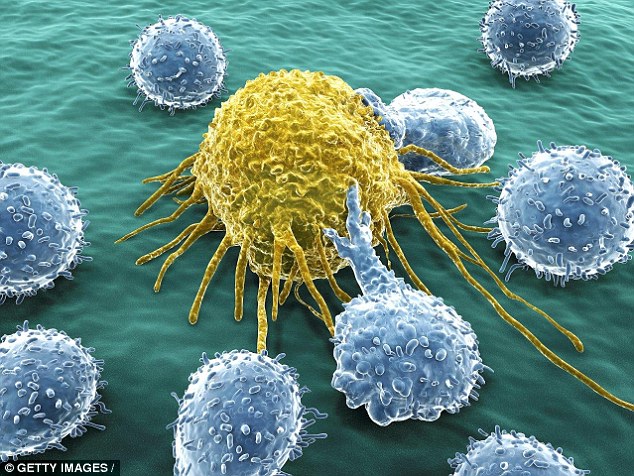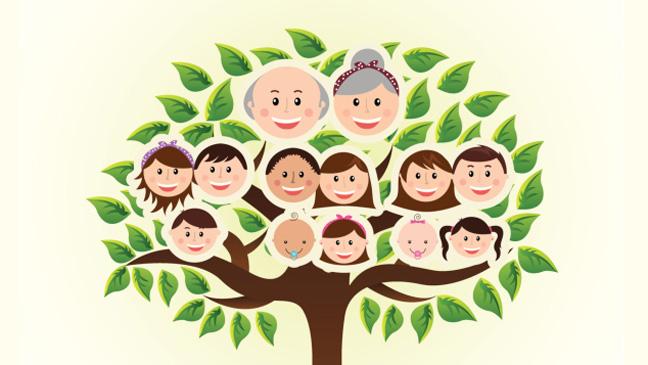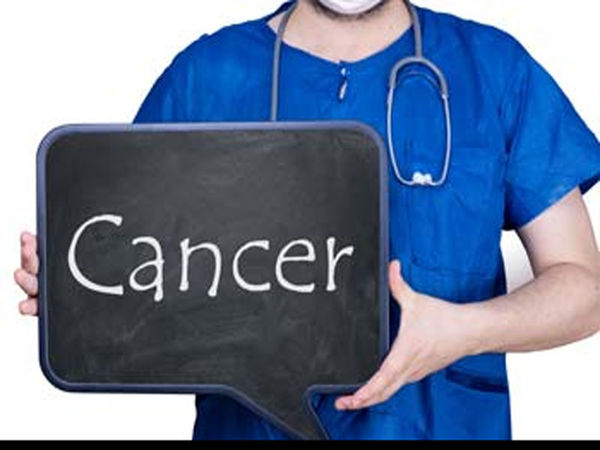When it comes to cancer, there are so many unproven stories and myths about this condition that it can be very difficult to sort out the facts from the fiction. Take a look at some common mistakes about cancer and the truth behind these myths.

1. MYTH: Superfoods prevent cancer
FACT:
Some foods like blueberries, beetroot, broccoli, garlic and green tea are known as cancer-preventing superfoods. These foods are certainly good for your health and are known to have positive effects in the fight against cancer, eg. containing antioxidants or helping to remove toxic elements in the body. However, it would be naive to look at any particular food as a protection against cancer. Everybody is different and cancer reacts differently in every person. There is no single food or food group that can provide enough protection against cancer.tellus, luctus nec ullamcorper mattis, pulvinar dapibus leo.

2. MYTH: Cancer treatment hurts more than it cures
FACT:
This may be due to the extreme side effects that people see in cancer patients undergoing chemotherapy and radiation therapy, but there is a belief that conventional cancer treatments are very harmful to the body and can sometimes cause more damage than the cancer itself.
There are also those who believe that these treatments are useless in curing cancer and only end up creating severe discomfort before the cancer results in death. One of the biggest reasons for this myth is because many cancers are found at a late stage and an aggressive course of treatment is usually needed to have a chance of recovery. At late stages of cancer, the disease would have spread to other places in the body and usually resulting in a very low survival rate. This, together with the severe side effects that aggressive chemotherapy and radiation therapy have, causes many people to doubt the effectiveness of conventional cancer treatments. The truth is that when cancer is diagnosed at an early stage, success rates using conventional treatment tend to be much higher. Those who are concerned about side effects should balance the importance of prolonging life with the quality of life when making a decision about their treatment.

3. MYTH: Cell phones, computers and microwave ovens cause cancer through radiation
FACT:
It’s easy to see where this myth came from. When it was found that the radioactive fallout from the World War 2 atomic bombs and Chernobyl meltdown resulted in many cases of cancer caused by radiation, people began to link radiation with cancer. The fact is that cell phones, computers and microwave ovens only use low-frequency radio waves that do not damage your genes and cause cancer. Many people do not know that there is actually a lot of background radiation around us in the environment, and none of it has been proven to cause cancer. People should be careful in certain areas with high radiation, like in x-ray rooms, or certain industrial sites. These areas are usually restricted and marked with ‘radioactive hazard’ signs.

4. MYTH: Dyeing your hair can cause cancer
FACT:
This myth is a strange one that actually has some root in the truth. Part of this myth stems from studies done decades ago, when information about cancer causes were less common, where certain chemicals used in hair dyes were found to be cancerous in animal testing. Since the 1970s, most of these chemicals have been removed from hair dyes, and modern studies have found no increased risk of cancer in people who dye their hair.

5. MYTH: All cancers are the same and can be treated the same way
FACT:
Cancer is the name given to a group of diseases with the common trait of uncontrolled cell division that spreads into surrounding tissues. Not only are there over 100 types of cancer, but each cancer reacts differently in different people. Even in people with the same type of tumour in the same body part, different types of genetic changes can affect the cancer and should be treated differently.
This is why a ‘super cure’ for cancer is very unlikely, and why even the best combination of treatments for each patient can produce very different results. A successful cancer treatment often needs a dedicated and experienced medical team to explore the options and map the most ideal path to recovery.

6. MYTH: Cancer is very painful
FACT:
It is actually quite rare for cancer to be painful. One of the biggest problems is that many types of cancer may have little to no symptoms, and diagnosis may only come at a later, advanced stage. Most of the pain that people link to cancer is the discomfort caused by side effects of cancer treatment such as chemotherapy and radiation therapy. This pain can be relieved with medication and other pain management techniques.
Sometimes, people only focus on the worst examples that they see. In fact, many cancer patients are able to undergo treatment on an outpatient basis and continue with their daily activities. Different people react differently to different courses of treatment, and it can be possible for a cancer specialist to find a particular treatment that results in the least amount of discomfort.

7. MYTH: Only smokers get lung cancer
FACT:
While smokers may have a very high risk of suffering from lung cancer, they are not the only ones. Your genetic make-up or family history can affect your risk of getting lung cancer. Exposure to substances such as asbestos, radon, uranium, arsenic and second hand smoke can also increase the chance of developing lung cancer. There are also cases of lung cancer caused by scarring in the lung tissue due to previous illnesses and/or infections.

8. MYTH: People with cancer shouldn’t eat sugar, since it can cause cancer to grow faster.
FACT:
Sugar doesn’t make cancer grow faster. All cells, including cancer cells, depend on blood sugar (glucose) for energy. But giving more sugar to cancer cells doesn’t speed their growth.

9. MYTH: If you don’t have a family history of cancer, you are safe from cancer
FACT:
Since cancer is largely caused by genetic defects in the DNA, many people believe that not having a family history of cancer means that they are very unlikely to develop cancer. In fact, only about 5 – 10% of cancer cases are caused by inherited genetic mutations. The remaining 90 – 95% of cases are caused by the individual’s lifestyle and environment, like a smoking habit or exposure to cancer-causing chemicals. Still, people with a family history of cancer should get screened regularly and maintain a healthy lifestyle as they have a higher risk of developing cancer.

10. MYTH: Cancer is a modern disease
FACT:
Cancer has only started becoming well known over the last century or so, and many people have this notion that cancer is a disease caused by modernisation and technology. Some people blame the radio waves and radiation from modern devices like radios, televisions, computers, mobile phones and microwaves, while others claim that experiments into nuclear energy and weapons resulted in the spread of cancer.
The reality is that cancer has been known for thousands of years and recorded by ancient Egyptian and Greek physicians. One of the biggest reasons why cancer is a lot more common these days is mainly due to a combination of a longer lifespan and more information.
Age is the biggest risk factor for cancer, and as technology has improved, people’s life expectancy has gone up. As we age, the chance that our cells may develop cancer increases due to DNA damage over time. In addition, with more information about cancer and more techniques allowing for early detection, more people are now aware of their condition. In past centuries, it was normal for people to pass away due to ‘old age’ or ‘sickness’, with the real cause of death never found. Such cases may have been the result of undiagnosed cancer.
While it is true that some aspects of modern life (eg. tobacco smoke, processed foods, and an inactive lifestyle) may contribute to the development of certain cancers, it is still inaccurate to claim that cancer is ‘man-made’.

